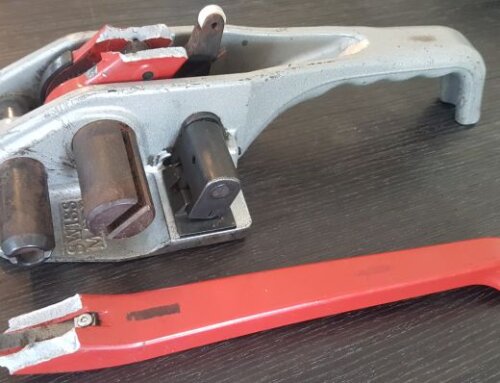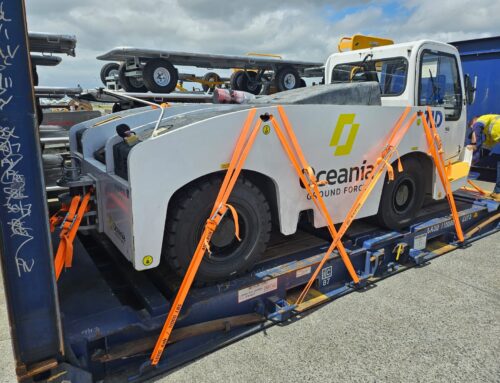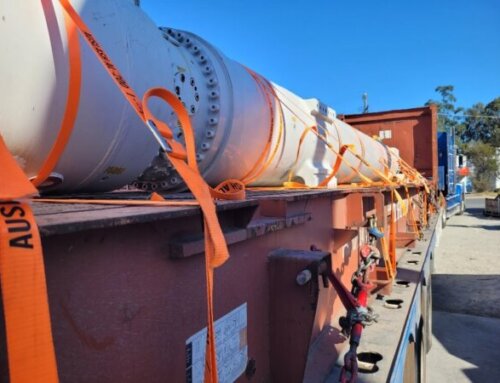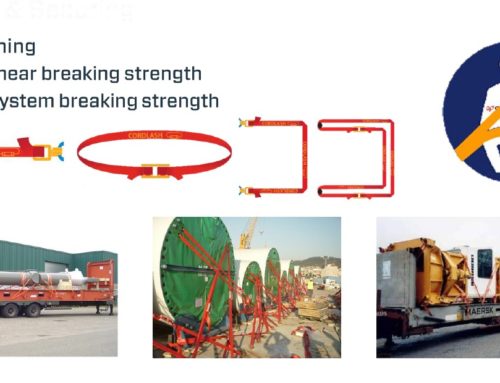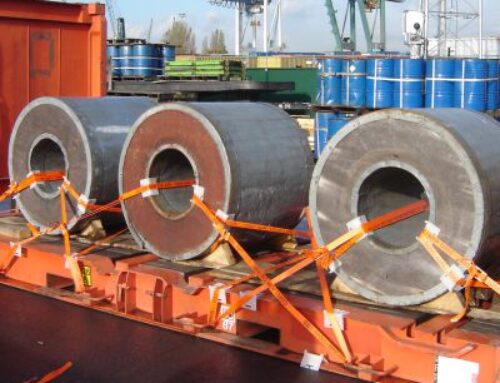13 Tips for securing cargo in shipping containers
International guidelines and regulations, the Australian CoR, the nature of your cargo, the condition of your shipping container…There are many factors to keep in mind when it comes to loading, securing and shipping your products in shipping containers.
Here are 13 tips to keep in mind:

1.) Comply with the latest version of the CTU code. Shippers are explicitly responsible for delivering a cargo which is safe and suitable for transport. All Cordstrap shipping solutions are fully CTU code compliant.
2.) Check your container for damage before commencing loading and securing of your cargo
3.) Always pack goods in containers to achieve a tight fit and prevent movement during transit.
4.) Gaps between loads should be filled using products such as Cordstrap dunnage bags.
5.) Lashing should be applied only after consideration and calculation of the forces and movements that may act on the cargo. Calculations should be based on relevant codes or standards such as the CTU Code. Our experts will be happy to assist with free advice and drawing up a loading plan.
6.) Climate change can cause stresses on cargo in transport, for example when a vessel passes through different climate zones. The air temperature within a container can vary by 20-30ºC from the ambient temperature. Learn more about moisture control.
7.) Packing should always be undertaken with a view to avoiding biological contamination. Some countries regulate timber used in packing to ensure freedom from insects. The use of Cordstrap dunnage bags eliminates this possibility.
8.) Hazardous goods must always be transported in accordance with the relevant legislation. Learn more about how to secure dangerous goods according the IMDG.
9.) Certain types of cargo should never be packed together – for example, moist (or moisture-emitting) goods with dry (or moisture-sensitive) goods.
10.) Different securing materials have divergent load-deformation properties – and different types must thus not be used to secure the same item of cargo.
11.) Cordstrap strapping and lashing comes in different strengths, from 480 daN to in excess of 20,000 daN. Note that polypropylene based straps, whilst superficially similar, have completely different elongation properties from Cordstrap strap.
12.) The best lashing systems for a particular solution depends on nature and weight of products and mode of transportation. Our experts are happy to advice you of the best lashing solution for your products.
13.) To determine the right size of dunnage bag for a particular cargo:
– measure the void between the cargo elements
– measure the distance from the floor to top of the load
– measure the length of the pallets
(or other cargo type) to be secured
Learn more about Dunnage Bags do’s and don’ts.
Australia’s leading cargo securing experts
Across Australia we assist companies in the widest variety of industries with tailor made cargo securing solutions.
Our certified and CTU-Code compliant products provide total physical insurance for any cargo – from heavy machinery, steel, timber, paper, chemicals, sensitive artifacts to palletized beverages – in any situation, whether transported by rail, sea, road or any combination of these.
We are Australia’s nr. 1 cargo securing experts and passionate about what we do. Get in touch with us anytime for free advice or a loading plan. We can also meet you for an on-site demo. Just give us a call at 1300 4 strap (1300 478 727) or send an email to info@cargorestraintsystems.com.au
It will be our pleasure to assist.


